In modern cities, the movement of people and vehicles is constant, making intersections critical points where safety must be ensured. Pedestrian crosswalks are a key component of urban mobility, providing a designated, secure space for crossing streets and avenues. They’re not just paint on asphalt—they’re a vital tool for promoting harmony between drivers and pedestrians.
Do you agree? 3D Raised Crosswalk: A life-saving optical illusion? It is a fact that pedestrian crosswalks allow people on foot to navigate urban spaces with greater confidence, while clearly signaling to drivers the need to slow down, stop, and yield. Yet in reality, this priority is not always respected—turning crossings into high-risk areas and underscoring the need for more visible and effective safety measures. One response to this challenge is the 3D raised crosswalk: a creative solution that merges visual design and traffic safety to reduce accidents and enhance protection on the streets.
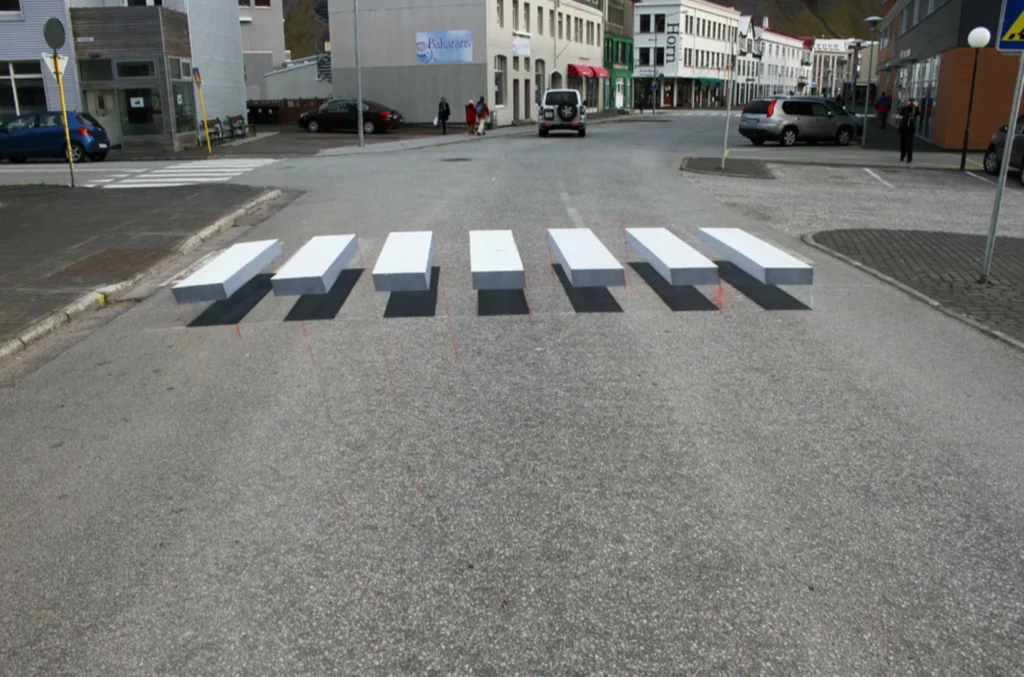
What is a 3D Raised Crosswalk?
In response to this challenge, cities around the world have started adopting innovative solutions to enhance road safety. One of the most striking is the 3D raised crosswalk—a crossing that creates an optical illusion, simulating a three-dimensional effect on the pavement.
This effect has been implemented in places such as Iceland, Spain, and several Mexican cities. In every case, it has proven to be an innovative tool for enhancing crosswalk visibility and raising road safety awareness.
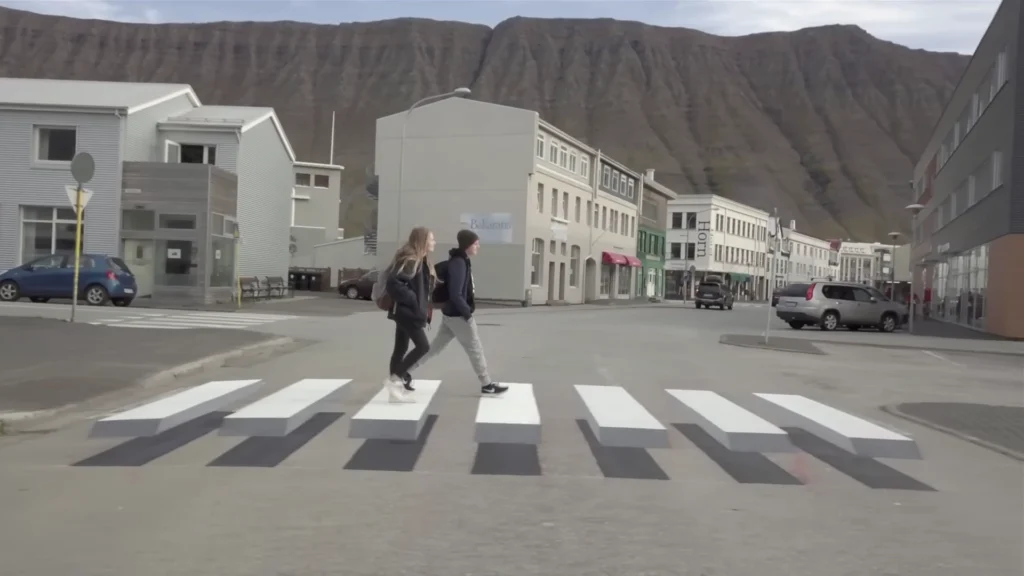
The Challenge of 3D Raised Crosswalks
These types of crosswalks have captured attention in various cities due to their innovative concept and the way they enhance road safety. However, like any painted solution on asphalt, they face an unavoidable challenge: wear and tear.
Constant vehicle traffic, tire friction, exposure to sun, rain, and other elements gradually cause the colors to fade. This loss of contrast diminishes the volumetric effect, meaning the optical illusion no longer has the same impact on drivers.
In some European cities where this technique gained popularity, it has proven highly effective initially, but with daily use, it begins to fade. Similar experiences have occurred closer to home, such as in Morelia, Michoacán, where the novelty attracted public and media attention, but over the years it became clear that maintaining the visual effect requires materials more durable than standard paint.
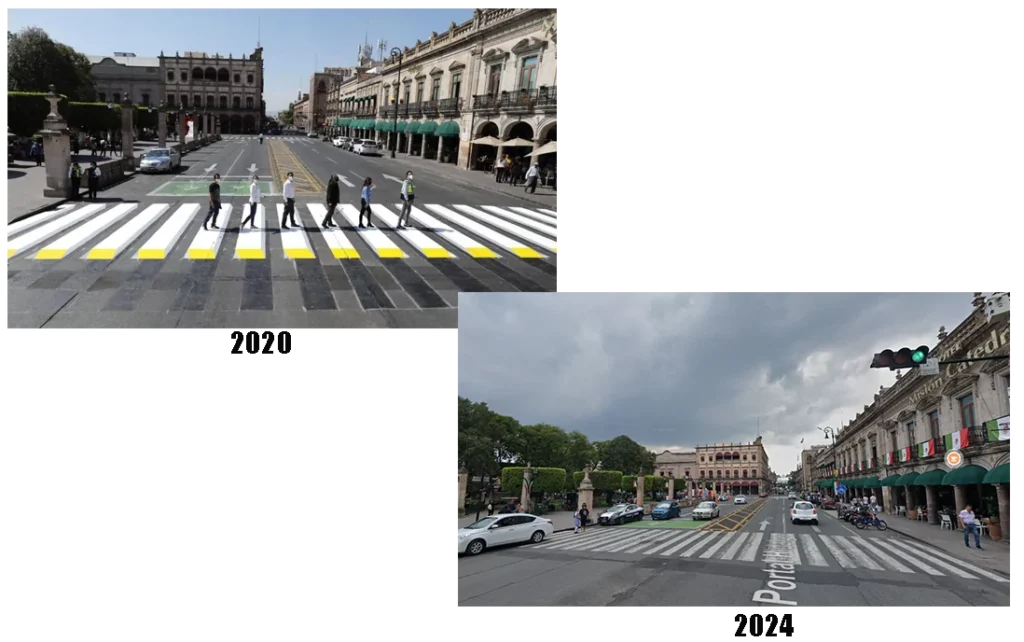
This point is crucial because, although 3D raised crosswalks offer a distinctive solution, if they are not properly maintained, they can lose their preventive function and once again be perceived as ordinary pedestrian crossings.
A solution to wear and tear
The wear and tear experienced by painted crosswalks presents a significant challenge: how can this safety measure remain visible and effective over time? Road safety cannot rely solely on an optical effect that fades with use; it requires solutions capable of preserving that illusion despite constant vehicle traffic and varying weather conditions.
In response to this need, more durable solutions have emerged that go beyond conventional paint. One approach utilizes resilient materials to sustain the 3D effect for longer periods, preserving the visual impact that prompts drivers to slow down. This allows the crosswalk to maintain its preventive function and reinforces pedestrian confidence when crossing the street.
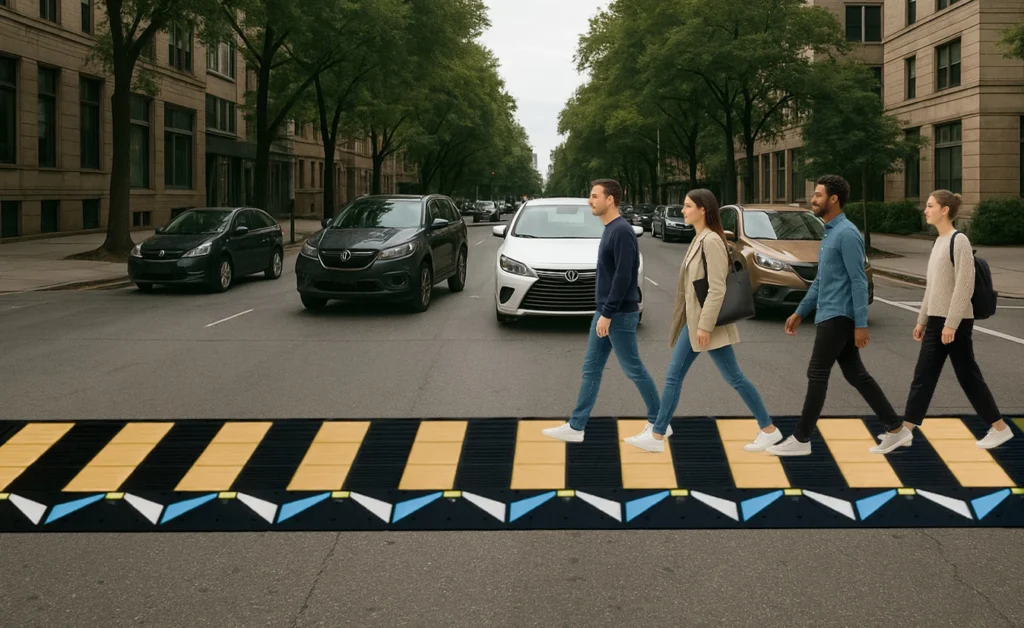
In this way, the 3D raised crosswalk evolves from being just an eye-catching concept to becoming a solid tool within urban mobility, designed to adapt to everyday city life and the essential need to protect those who navigate it.
3D Raised Crosswalk: A life-saving optical illusion? Innovation is driving safety forward
Urban mobility is not just about moving vehicles—it also means protecting the lives of those who walk the city every day. Every well-designed crosswalk represents an opportunity to prevent accidents and build trust within the community. This three-dimensional crosswalk concept exemplifies how a measure that began as simple paint on asphalt has evolved into reinforced versions that better respond to the dynamic nature of city streets.
The future of mobility depends not only on major technological breakthroughs but also on preventive solutions that transform how we coexist on the roads. In this regard, the 3D raised crosswalk serves as a reminder that the true value lies not just in creating something new, but in ensuring that the measure is clear, durable, and capable of saving lives.
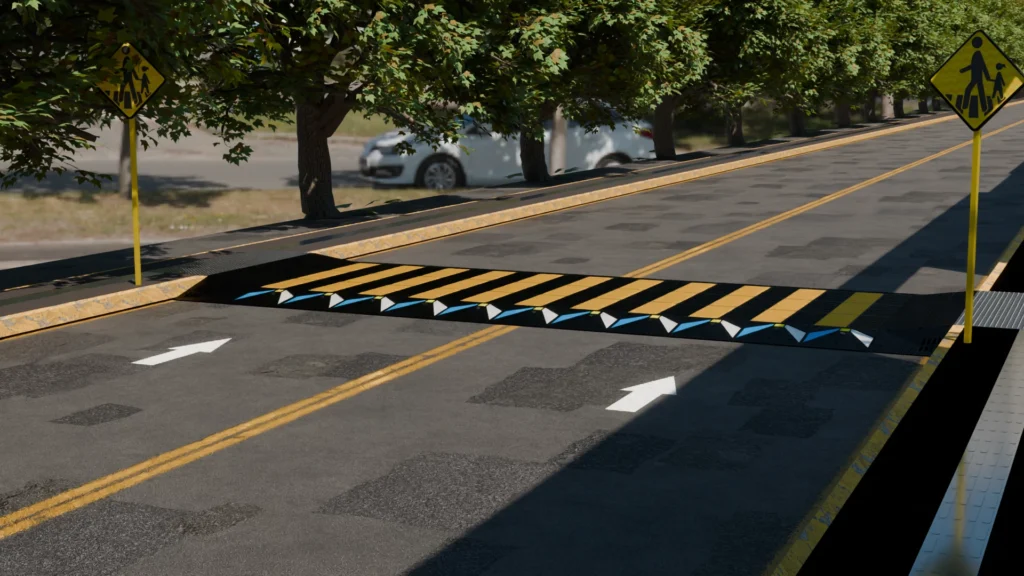
The challenge cities face today is to view safety as an investment rather than a temporary resource. Making crosswalks more visible, reinforcing them with long-lasting materials, and embracing ideas that protect the most vulnerable is a shared responsibility. In this way, 3D raised crosswalks not only represent an attractive solution but also a commitment to urban life and everyone’s right to move safely.
